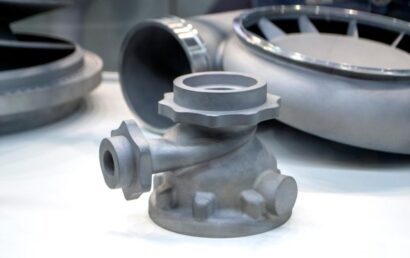Conformal Coatings: 5 Key Considerations
When it comes to the world of electronics, conformal coatings are the unsung heroes. They quietly work behind the scenes, guarding circuit boards and electronic components against all sorts of hazards. These guardians contribute significantly to the durability and longevity of our devices. However, the success of a conformal coating is dependent on several factors. Today, we’ll delve into 5 key considerations when dealing with these silent protectors – conformal coatings.
The What and Why of Conformal Coatings
So, what exactly are conformal coatings? Well, they are protective chemical compounds, diligently applied to circuit boards or other electronic components. They form a protective shield, molding themselves to the substrate’s contours and offering a robust barrier against moisture, dust, chemicals, and temperature extremes.
Although these coatings do a stellar job in prolonging the life of electronic devices, their performance relies heavily on multiple factors. These include the choice of coating type, the application method, and the environment where the devices will be operating.
Picking Your Shield: The Type of Coating
Choosing the right type of conformal coating is like picking the right superhero for the mission. Each coating type, such as acrylic, silicone, epoxy, urethane, and parylene, possesses unique strengths and is suited to different scenarios. For instance, while acrylic coatings are easy to handle, they might not withstand extreme conditions as gallantly as their silicone or parylene counterparts.
The Battle Plan: Application Method
Just like every superhero needs a strategy, every conformal coating requires an application method. Brushing, spraying, dipping, and selective coating – each method has its pros and cons. The selection often boils down to the complexity of the board, the volume of production, and the degree of protection required.
The Armor Thickness: Coating Thickness
The thickness of the conformal coating plays a crucial role in its performance. A thin coating might fail to provide adequate protection, while an excessively thick one could lead to problems like cracking. Balancing the thickness is key, and it depends on the coating type, application method, and environmental conditions.
The Battle Ground: Operating Environment
Knowing where the battle will take place is as important as picking the right hero. The operating environment can greatly influence the choice of coating and the desired thickness. Elements like humidity, temperature, exposure to chemicals, and mechanical stress all factor into this decision.
Playing by the Rules: Compliance with Regulations
Different industries have specific rules and standards for electronic components. Therefore, it’s essential to ensure the chosen conformal coating plays by these rules. For instance, if you’re working with medical devices or aerospace applications, the coatings might need to comply with strict regulatory requirements.
Conformal coatings, while silent and often unnoticed, provide an essential service in protecting our electronic devices. Their success, however, depends on a myriad of factors – from the type of coating and application method, to the coating thickness, operating environment, and regulatory compliance. By taking these factors into account, we can make informed decisions to ensure our electronics’ reliability and longevity. After all, understanding these considerations helps us make the most of our silent protectors – the conformal coatings.



